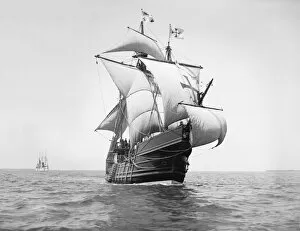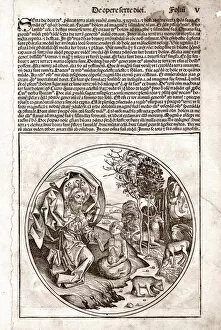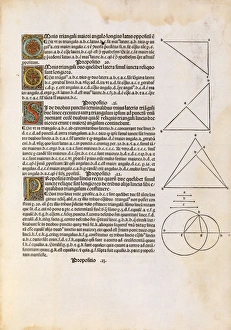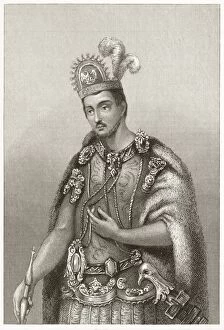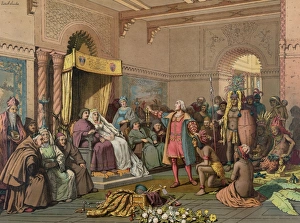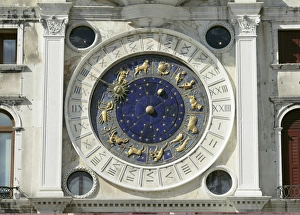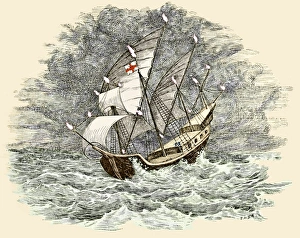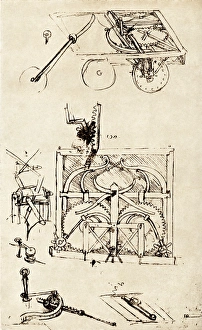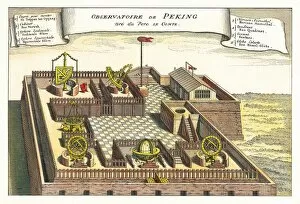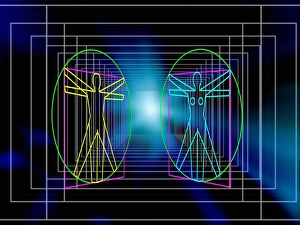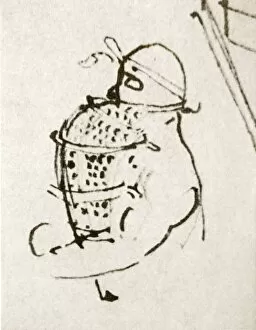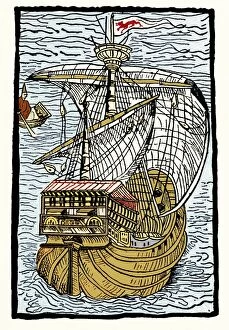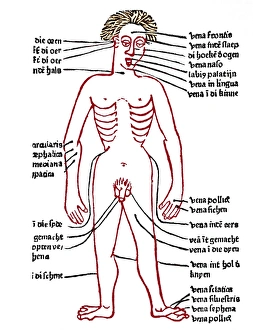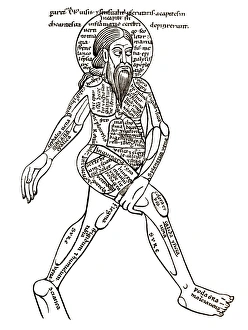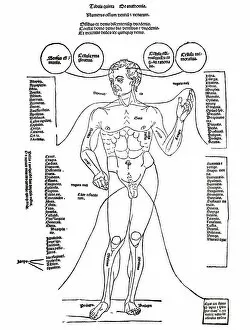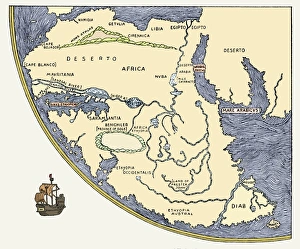1400s Collection (page 7)
Step back in time to the 1400s, a period filled with intrigue, innovation, and artistic brilliance
All Professionally Made to Order for Quick Shipping
Step back in time to the 1400s, a period filled with intrigue, innovation, and artistic brilliance. Leonardo da Vinci's fascination with anatomy led him to meticulously study the intricacies of the human skull. His detailed drawings continue to captivate us today. Meanwhile, in medieval Spain and Portugal, kingdoms were expanding their territories and shaping history. The map of this era reveals the shifting borders and political landscape that defined these nations. Innovation was on the rise as Johannes Gutenberg introduced his revolutionary printing press in the 1450s. This invention would forever change communication by making books more accessible to a wider audience. The Battle of Agincourt loomed large in 1415 as English and French forces prepared for an epic clash during the Hundred Years War. Longbowmen stood ready, their deadly accuracy poised to make a significant impact on this historic battle. Amidst all this turmoil, life continued its course. Ladies in Florence embraced Renaissance ideals as they sought knowledge and indulged in artistry that marked this vibrant period of cultural rebirth. Across Europe, Angevin kings held vast territories both in France and Britain. Their power stretched across borders as they navigated complex alliances and rivalries that shaped dynastic politics. Within castle walls like those found at the Tower of London during the late Middle Ages, lavish dining rooms hosted feasts fit for royalty. These grand halls witnessed both celebrations and secret conversations that influenced destinies. Yet not all discoveries were made within European realms alone; trephination evidence discovered within an Inca skull highlights ancient medical practices from South America—a testament to humanity's quest for understanding even centuries ago. As we delve into history's tapestry woven with diverse threads such as GEUR2A-00057 or NATL2A-00001—codes representing artifacts from different eras—we are reminded of our shared past while marveling at how far we have come since those fateful 1400s.


